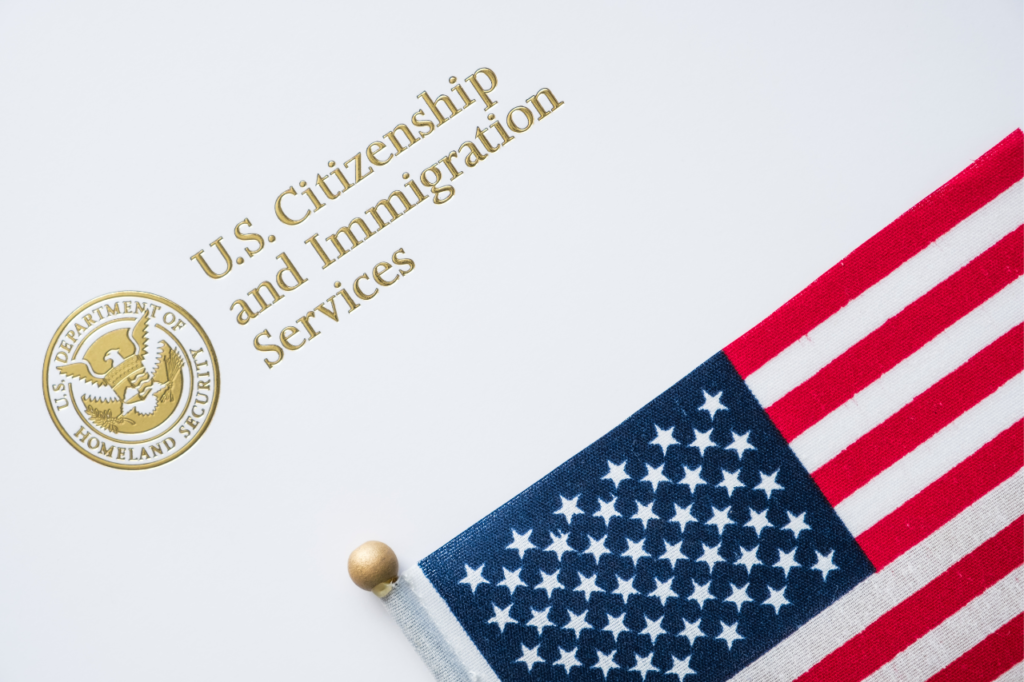Navigating U.S. immigration can be challenging, and a common question is whether a U.S. citizen can petition for both their daughter and granddaughter to join them. This comprehensive guide will explore this issue and offer alternative strategies to help you successfully navigate the immigration process.
Understanding the Limitations
As a U.S. citizen, you might be eager to bring your unmarried teenage daughter and her child to the United States. However, immigration law poses a challenge. U.S. citizens can petition for direct beneficiaries like spouses and minors, and unmarried children, but not for grandchildren directly.
The Technical Aspect of Immigration Law
The difficulty arises from a technical aspect of immigration law regarding which immigrating relatives can include their “derivatives”—their spouses and minor children—under the same application. Immediate relatives of U.S. citizens, such as spouses, parents, and unmarried minor children, cannot bring derivatives. Each person must have a separate visa petition (Form I-130) filed for them. Unfortunately, U.S. immigration law does not recognize grandchildren of U.S. citizens as having a qualifying relationship for I-130 filing and green card eligibility.
Exploring Alternative Strategies
While the direct route may be blocked, several alternative strategies can help your granddaughter immigrate to the United States. These strategies might extend the timeline for obtaining a green card but offer hope for family reunification.
Waiting Until Age 21
One option is for your daughter to wait until she turns 21 before immigrating. At that age, she falls under the “family first preference” (F1) visa category instead of being an immediate relative. Preference relatives can bring their derivatives, including spouses and unmarried minor children, with them. However, F1 visas have annual limits, leading to waiting lists that can take several years. Consulting an immigration attorney is advisable to manage this timeline effectively.
Marriage as an Alternative
Another option is for your daughter to marry, placing her in the “family third preference” (F3) visa category. Like the F1 category, this allows her to bring her spouse and child. However, be prepared for potentially longer waiting lists compared to the F1 category.
Petitioning for Your Daughter
As a U.S. citizen, you can file a visa petition (Form I-130) for your daughter, who is classified as an “immediate relative.” This category allows for expedited processing since there is no annual limit on visas for immediate relatives, which include spouses, parents, and unmarried children under 21 years of age. However, your granddaughter cannot be included in this petition. U.S. immigration law does not recognize grandchildren as qualifying relatives for direct sponsorship; thus, you cannot petition for her directly.
Options for Your Granddaughter
- Wait Until Your Daughter Turns 21: If your daughter waits until she is 21, she can then apply under the family first preference (F1) category, which would allow her to bring her unmarried minor child (your granddaughter) with her. However, this process can take several years due to annual visa limits in this category.
- Marriage of Your Daughter: If your daughter marries before turning 21, she can apply under the family third preference (F3) category. In this case, she would be able to bring her spouse and child (your granddaughter) to the U.S., but again, this category typically has longer wait times than the F1 category.
Seeking Legal Guidance
Navigating immigration law and choosing the right strategy for your family can be daunting. Consulting an experienced immigration attorney is highly recommended. They can analyze your specific situation, assist in preparing and filing the necessary paperwork, and guide you through the timing of the entire process.
Although immigration law presents challenges, there are viable alternatives for reuniting your family in the United States. By understanding the limitations and exploring these strategies, you can work towards bringing your daughter and granddaughter to the U.S. Seeking legal guidance will be invaluable in ensuring a smooth and successful immigration journey for your U.S. citizen petition.
How Law and Visas Can Help?
At Law and Visas, our team of expert immigration consultants is here to make your U.S. citizen petition straightforward and successful. Whether you’re applying for a Business Visa or an Immigrant Investor Visa, we handle every step—from preparing your application to gathering the required documents.
Our immigration lawyer consultants and Lawyers ensure that your application meets the highest standards, with no details missed. We’ll also keep you informed throughout the process, coordinating with the immigration office or embassy on your behalf.
Law and Visas has a strong record of helping clients secure the visas/permits that need U.S. citizens to petition. Call us today at +234 812 5505 986 to learn how we can assist you.





